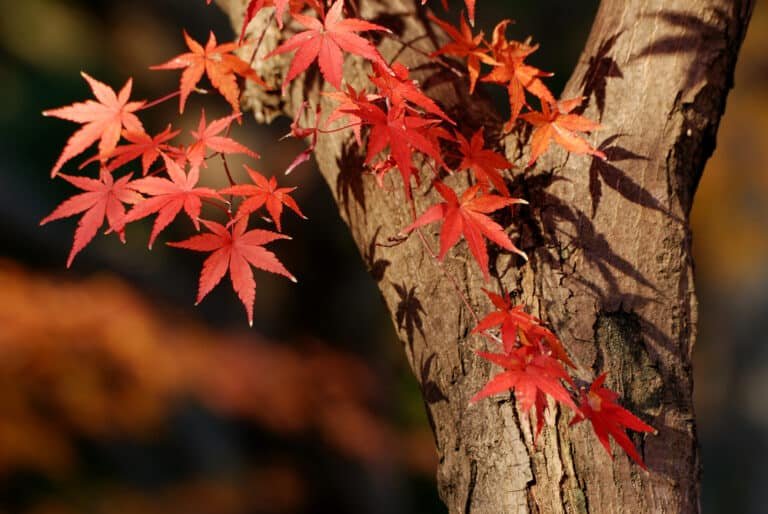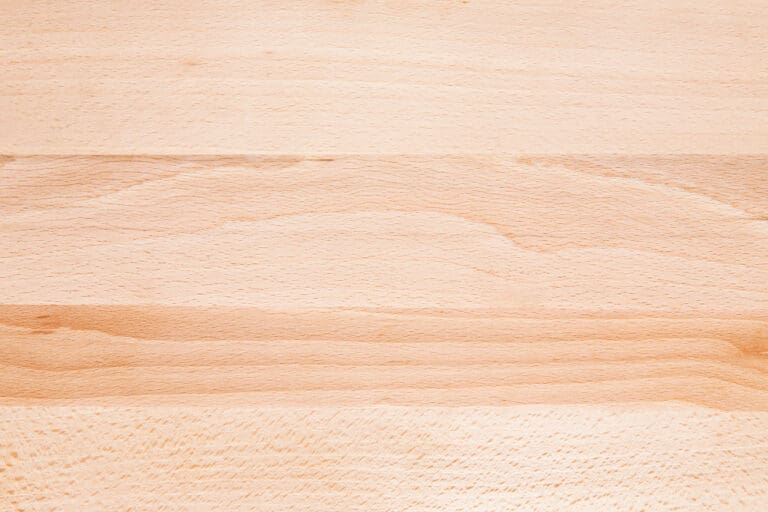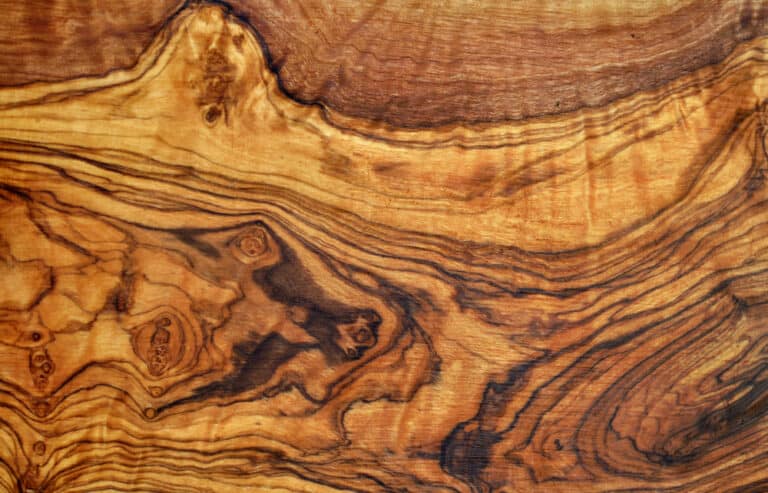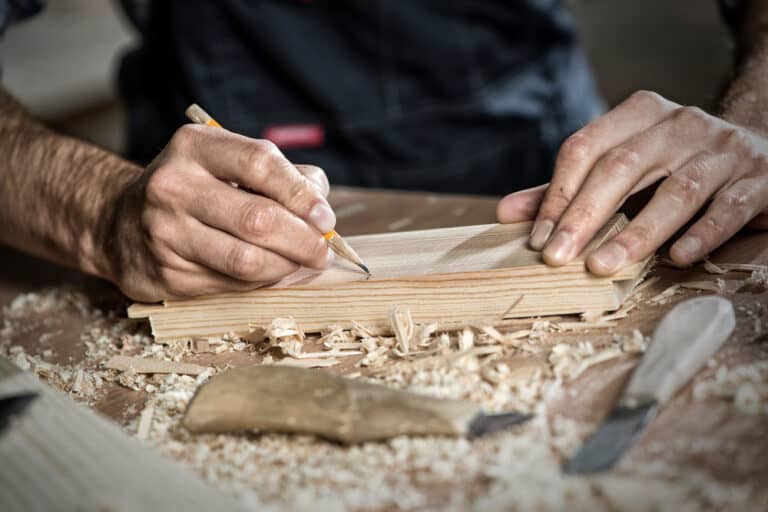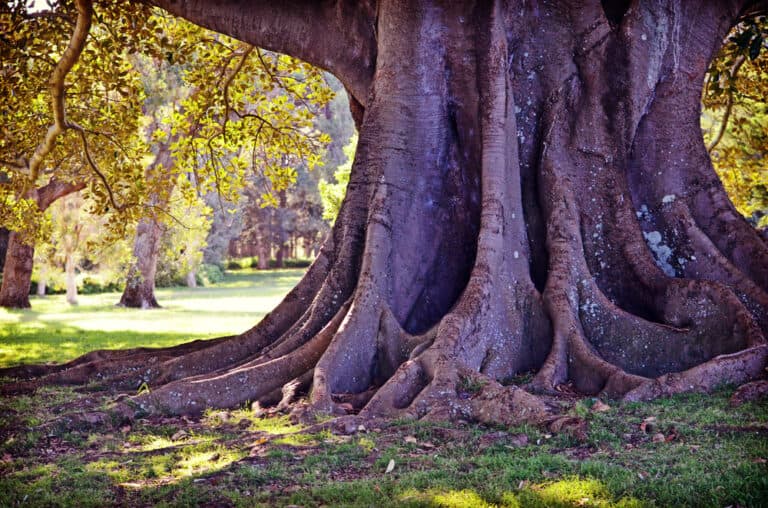In this post, we’ll discuss the workability of willow wood and if it’s right for you.
Willow can be an excellent choice for wood carving. It’s perfect for beginners to practice with due to its softness. It’s also generally lightweight, making it easy to handle. Willow’s smooth surface makes it suitable for shaping intricate details.

Willow Wood Carving
Willow is very common and relatively affordable compared to other types of carving woods. It’s also versatile.
You can turn it into a variety of shapes and sizes, such as small figurines and large sculptures.
The wood is very soft and pliable, especially the fresh-cut or green version. The softness comes from the high level of moisture it contains. However, these characteristics can become both a blessing and a curse.
Willow can be a perfect choice for beginners who are still practicing or prefer softwoods in general. It doesn’t require great force to cut through.
This becomes a problem when the wood has too much moisture in it. When this happens, the wood might not maintain its sharp carving lines when it’s dry.
The softness of the wood also brings other limitations, including being brittle and prone to splitting. That’s why it’s not recommended to use too much force when handling Willow. Furthermore, compared to harder woods, it’s more prone to damage and less durable.
Willow Wood Properties That Make It Good for Carving
Despite its limitations, Willow can still be a good carving material. Besides its softness, willow wood has other characteristics that make it excellent for this purpose.
Straight and Uniform Grain
Carvers who often make intricate and detailed patterns would love this feature. The grain creates a fine texture that helps carvers shape it easily.
Lightweight
Being a lightweight wood, willow is easy to transport and work with. This is advantageous for carvers who regularly relocate their work.
Availability
You can find this type of wood in many areas in the US. The tree is not conserved, so it’s widely and readily available. It’s a popular choice for carvers who wish to use local materials.
Furthermore, it’s also less costly when compared to other carving woods.
Things to Consider When Carving Willow Wood
Before choosing willow wood for carving there are several things you should consider.
Wood Preparation
Despite being common, sometimes willow wood doesn’t come in good quality.
Make sure you look for pieces that have no defects, including knots.
Deadwood may be easier to work with, but you can harvest it from living trees as well. Since willow is very soft, preparing it first by drying or roasting is also a good idea.
Tool Choice and Maintenance
Some common tools you can use for carving willow wood are carving knives, gouges, chisels, and saws. You need to ensure they’re sharp enough not to create a poor finish.
Additionally, don’t be too aggressive in handling this wood. A light touch is enough since it’s soft already. Take your time so that you don’t damage your wood.
Carving Techniques
When dealing with willow wood, there are several carving techniques you can apply. They include chip carving, relief carving, and carving in the round.
Remember to work along the grain and not against it. This reduces the risk of splitting. Working with the grain also helps you achieve a smooth surface.
Whatever your technique is, it’s important to plan a design beforehand so you can avoid mistakes.
Finishing and Protection
After completing your carving, it’s important to sand and apply a finish to it. There are some finishing options you can choose including varnish, oil, and wax.
A finish functions as an outer layer that protects the wood.
It will make your piece less prone to damage. Applying a finish can also enhance the look of your carving.
Don’t forget to store your piece in a dry place away from direct sunlight.
Final Thoughts
Willow is an excellent choice for carving wood if you know how to handle it well. It’s soft, but it might be overly soft for some people. To beginners, however, its softness can be an advantage. They can utilize this characteristic to practice.
Willow is lightweight and easy to find. Its straight and uniform grain also makes it suitable for intricate details.
You just need to be extra careful as it is prone to splitting.
Consider your tools, carving techniques, wood preparation, and finishing if you’re thinking about carving it. The most important thing is to weigh its advantages and limitations before creating your next masterpiece from willow wood.

